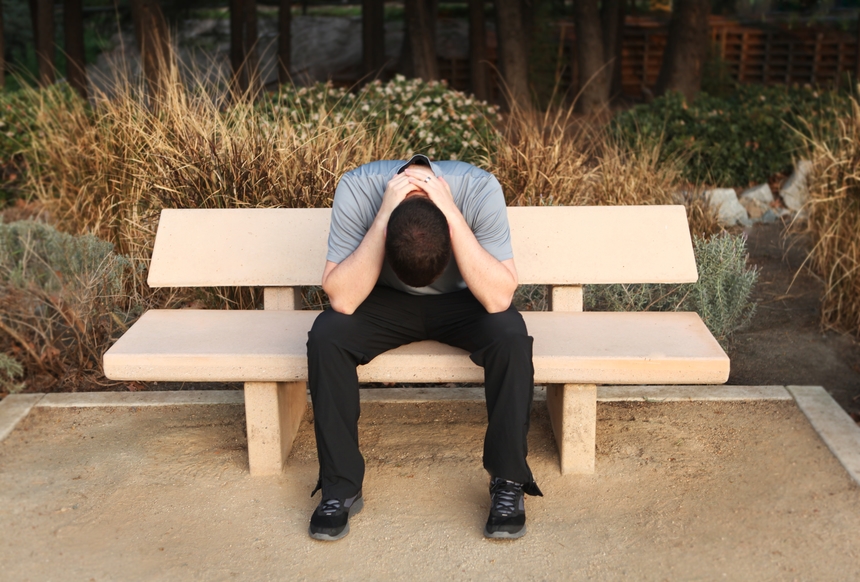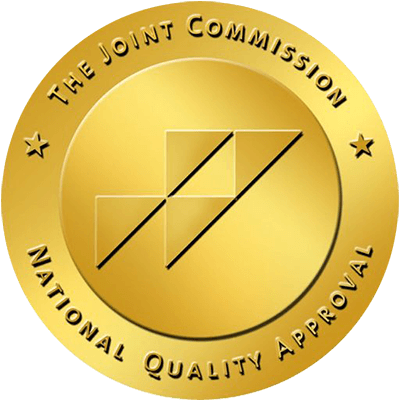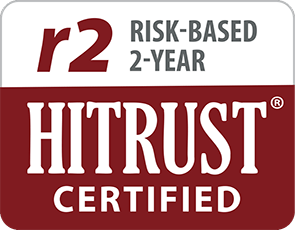Written by Ashley Kane,
Brightside Health
6 Minute Read

Medically reviewed by:
Erin O'Callaghan, PHD
Director of Therapy
10 Minute Read

Anxiety disorders are the most common mental health concern, affecting 19% of adults in the U.S. There are several types of anxiety disorders—all with their own criteria for diagnosis. If you need virtual mental health care, know that Brightside Health’s therapists and psychiatric providers are available to support you: Start a free assessment anytime.
Whether you experience anxiety or have been diagnosed with an anxiety disorder, you may be wondering: Is it possible to have multiple anxiety disorders?
Yes, it is possible. We’ll explore multiple anxiety disorders later in this post, but first, let’s talk about what anxiety is and isn’t.
What is anxiety?
Anxiety is a feeling of fear, dread, or uneasiness. It might cause you to sweat, feel restless, or experience a rapid heartbeat. It’s important to know that anxiety is a natural reaction to stress—if it is temporary.
As the National Alliance on Mental Illness (NAMI) states:
We all experience anxiety. For example, speaking in front of a group can make us anxious, but that anxiety also motivates us to prepare and practice. Driving in heavy traffic is another common source of anxiety, but it helps keep us alert and cautious to avoid accidents. However, when feelings of intense fear and distress become overwhelming and prevent us from doing everyday activities, an anxiety disorder may be the cause.
If your anxiety doesn’t go away, or gets worse, then you may be experiencing an anxiety disorder. According to Cleveland Clinic, an anxiety disorder happens when:
- Anxiety interferes with your ability to function.
- You often overreact when something triggers your emotions.
- You feel you can’t control your responses to situations.
Other symptoms of anxiety disorders include those mentioned in our blog:
- Excessive worry
- Unable to control panic
- Restlessness
- Easily fatigued
- Difficulty concentrating or overthinking
- Irritability
- Muscle tension
- Sleep difficulties
If you are experiencing these symptoms, it is possible you might have an anxiety disorder. Consider reaching out to a mental health professional so you can get the support you need and the care you deserve.
Types of anxiety disorders
There are 6 types of anxiety disorders, all with their own distinct symptoms.
Generalized anxiety disorder
Generalized anxiety disorder involves symptoms that include chronic worrying that makes it hard to focus or complete everyday tasks. This can be exhausting and lead to physical symptoms like stomachaches or headaches.
Panic disorder
With panic disorder, a person may experience panic attacks without warning and sudden feelings of terror. They might feel dizzy or short of breath. Women are twice as likely to be affected as men.
Social anxiety disorder
Social anxiety is more than being shy. Individuals with social anxiety disorder may have serious fears about social interaction because they worry about being humiliated. They may also have panic attacks with forced interactions.
Phobias such as agoraphobia or specific phobias
While we all might avoid situations or things that make us uncomfortable, people with phobia(s) often work especially hard to avoid their sources of fear. Whether it’s open or crowded spaces (agoraphobia), spiders (arachnophobia), heights (acrophobia), enclosed spaces (claustrophobia), or another phobia, individuals with phobia may have a strong reaction of fear when they’re in a situation, or even when they anticipate being in the situation, that involves their trigger.
Separation anxiety disorder
Separation anxiety disorder can affect children, and occasionally teenagers and adults. It involves excessive worry and distress about being away from loved ones or away from home. There may be physical symptoms like headaches or stomachaches. Mayo Clinic says, “Separation anxiety disorder may be associated with panic disorder and panic attacks—repeated episodes of sudden feelings of intense anxiety and fear or terror that reach a peak within minutes.”
Selective mutism
Selective mutism typically begins in children under five and involves an inability to talk or communicate in certain situations. With selective mutism, a person may be able to speak easily at home and not be able to at school.
Multiple anxiety disorders: diagnosis and treatment
As you may have noticed above, there are some overlapping symptoms between these anxiety disorders—such as physical aches and panic attacks. Besides these overlapping symptoms, it is possible for a person to have distinct symptoms of multiple co-occurring anxiety disorders.
If you think you might have an anxiety disorder, know that you’re not alone. There is support available that can help you get back to feeling like you again. A mental health practitioner can provide you with a comprehensive diagnosis based on your symptoms, concerns, and history. They will consider whether you may be experiencing one or multiple mental health conditions and help you with a personalized treatment plan.
Though it’s not an anxiety disorder, it’s quite common for people with anxiety to also experience depression—nearly 50% of those diagnosed with depression are also diagnosed with anxiety. One research study found that “Patients with multiple anxiety disorders had a much higher rate of depression than did those with only one anxiety disorder: 88 percent compared with 56 percent, respectively.”
Fortunately, the treatment approach remains the same regardless of the number of conditions as therapy, medication, or both in combination are the gold standard approach for these concerns.
Treatment for multiple anxiety disorders
Whether you are experiencing one anxiety disorder or multiple co-occurring disorders, treatments generally work on the same principles to help you feel better. Within 12 weeks, 86% of Brightside members feel better and 71% achieve remission of their symptoms altogether.
For psychiatric services, your psychiatric provider will recommend the right medication for you using our PrecisionRx technology. By analyzing data points, we can determine the most effective treatment tailored to your needs. Your medication can be delivered to you monthly, or picked up at a local pharmacy.
For therapy, your therapist will work with you 1:1. We offer evidence-based therapy with virtual therapy sessions, interactive lessons with practice and reflection, and tools to help you track your progress. If you have an anxiety disorder or multiple anxiety disorders, your treatment may include:
- Coping skills: Your therapist can help you learn and practice coping skills to relieve your symptoms. These may include breathing, reframing, and mindfulness techniques.
- Exposure with response prevention: This can help you approach rather than avoid sources of anxiety, with skills in your toolkit that help you cope and build distress tolerance. Over time, avoiding sources of anxiety can often make symptoms worse, so using coping skills while you engage in the stressful situation until the anxiety dissipates will help you to learn to manage the anxiety connected to the situation.
If you’d like to talk with a mental health professional to get support for anxiety or another concern, get started with a free assessment today. Appointments are available in as little as 24 hours.













